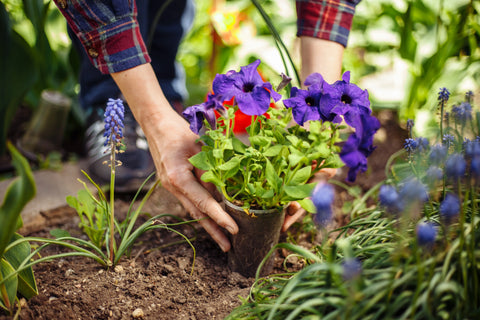10 Key Points in Cultivating Cordyline (Ti)

If you're looking for a tropical plant suitable indoor and outdoor, you need one of the Cordyline plants. Read these 10 vital points for the best care of your next green acquisition.
Cordyline Introduction |
Cordyline is a popular fancy plant often called Ti. It blossoms outdoors, creating an ideal houseplant with extended, spikey leaves. Cordyline generally has kaleidoscopic leaves, and some other assortments have scented blooms. They mostly thrive in the summer season. This is typical for outdoor types, yet flowers can appear on houseplants too. If you grow Cordyline outside in your garden, place it outside only in the spring months. As a tropical plant, Cordyline might be challenging if you cultivate it. In a general overview, Cordyline combinations are colorful and joyful. It's a lovely, low-maintenance plant available to get placed in both indoor rooms and outdoor areas. If you've cultivated Cordyline outdoors in a lifted green bed, the root system can occasionally expand so extensive that it may disrupt encircling plants. In many cultures worldwide, the Ti plant is believed to have magical powers that bring good fortune, long vitality, and eternal love to its owner. |
Sunlight Requirements
|
Ti requires shining indirect sunlight. Correspondingly, green-leaved Cordyline grows pleasingly with true-to-life sunlight, while those with different colored leaves may prefer filtered, indirect daylight. |
| Soil Composition |
Cordyline can outlast with dry mud. Nevertheless, moist ground that dampens nicely is the classic ideal choice. Neutral to alkaline is the most suitable pH for Cordyline plants. |
Watering Frequency
|
Except for winter, you can fertilize these plants in the spring with slow-release shots. You can feed the plant weekly with a liquid fertilizer at half-strength, mainly in its growing season. |
Temperature Range |
Cordyline blossoms in temperatures above 17°C and desires abundant humidity levels. Based on its origin, that you're cultivating tropical plants, you should raise temperature range and humidity dose in case of leaves falling or a cold breeze in the circumstance of being positioned close to an opened window or door. Tie up your dried plant's leaves with strings to save them safe in cooler months. Ensure the Cordyline plants grow outside in the garden. The large leaves might smash in the wind in cold conditions and risk overturning the Cordyline. |
Pruning Care |
An ideal, trimmed plant should contain branches of mixed heights, up to 3 feet to 4 feet, and be attired in leaves to the soil grade. Over time, Cordylines might require prune stems singly to maintain a complete pattern. |
Multiplying Cordyline |
Reproducing ti is generally accomplished with stem cuttings. All you have to do as a start is cut 3- to 5-inch slices from adult branches and clean from all leaves. Place the parts in a wet combination of sand with perlite in a room that's above 17°C and let them lay down there. Nodes will develop from the branches and can be cultivated in potting soil when they contain about four to six leaves apiece. The propagating procedure is advantageous every springtime. |
Planting from seed |
Cordyline can be efficiently cultivated from roots. Whether you will buy seeds or use reaped ones from the grown berries of an existent Cordyline, the process is invariably identical. Reaped grains from indoor berries must be squeezed, cleaned, and air-dried for a few days, while from outdoor berries, you ought to let them dry out for a couple of months before sowing. When seeds are ready, plant them in well-draining composition. |
Repotting Process |
According to the warm weather that a tropical plant as Cordyline requires, you need to place the pot indoors for the winter months and outdoors in the warmer season. Before carrying them out, assure that the outdoor ground empties well and any danger of ice is gone. Repotting is necessary if the plant keeps expanding too sizably for its jar. In repotting process, choose a big pile of sand or other elements with appropriate drainage holes. Calculate that Cordyline needs to house two to three years of root development. |
Plant's Health |
Cordyline is predisposed to typical insects, easily preventable with the suitable insecticidal cleaning soap. You can stop bacterial leaf zones and root rot complications with fungicide sprays and guarantee a not-so-wet mud. |
4 Steps to Plant Cordyline |
Long story short, this is all you have to do:
Ti can obtain entire sunrays outdoors, while indoors, it needs a bright spot with indirect rays.
Cordyline requires a well-drained high-quality potting alkaline mixture.
Indoors, Cordyline demands to be positioned where the soil can devitalize. To uphold its humidity, you can set stones or rocks around the plant.
Consider a humidifier for indoor houseplants since they need humid weather to blossom ideally. Your Cordyline climate conditions may impact your other indoor plants or the garden ones. |


